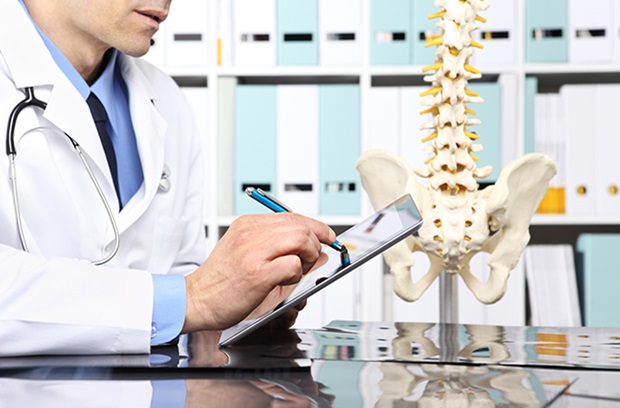What You Should Know About Spinal Deformities
Spinal deformities can occur at any stage of development and can affect any area of the spine. They can lead to serious health complications and even death, so it's important that you know as much as possible about them.
Spinal deformities are abnormalities of the spine that can cause limited range of motion, pain, and difficulty breathing. The most common spinal deformity is scoliosis, which is a curvature of the spine. Other spinal deformities include kyphosis (a hunchback), lordosis (a flattened posture), and herniated disks. Spinal deformities can be caused by a number of factors, including birth trauma, accidents, and genetic mutations. If left untreated, spinal deformities can lead to increased levels of pain and disability. For more information about spinal deformities, you can explore this link https://www.spineinstituteofnevada.com/.
Image Source: Google
Spinal deformities can be caused by a number of different factors, but are most commonly the result of birth defects or accidents. Some spinal deformities may only occur in one part of the spine, while others may affect multiple areas.
Some spinal deformities can cause significant pain and disability, and require extensive medical care to correct. If you are concerned that you may have a spinal deformity, it is important to seek professional advice.
Some common spinal deformities include:
Scoliosis: This is a type of spinal curvature that occurs when the spine twists sideways (scoliotic) or vertically (kyphotic). Scoliosis can cause severe pain and difficulty moving around, and often requires surgery to correct.
Kyphosis: Kyphosis is a type of spinal curvature that causes the lower back to slope backwards (kyphotic). Kyphosis can also lead to decreased range of motion in the hips and legs, and can be difficult to treat without surgery.
